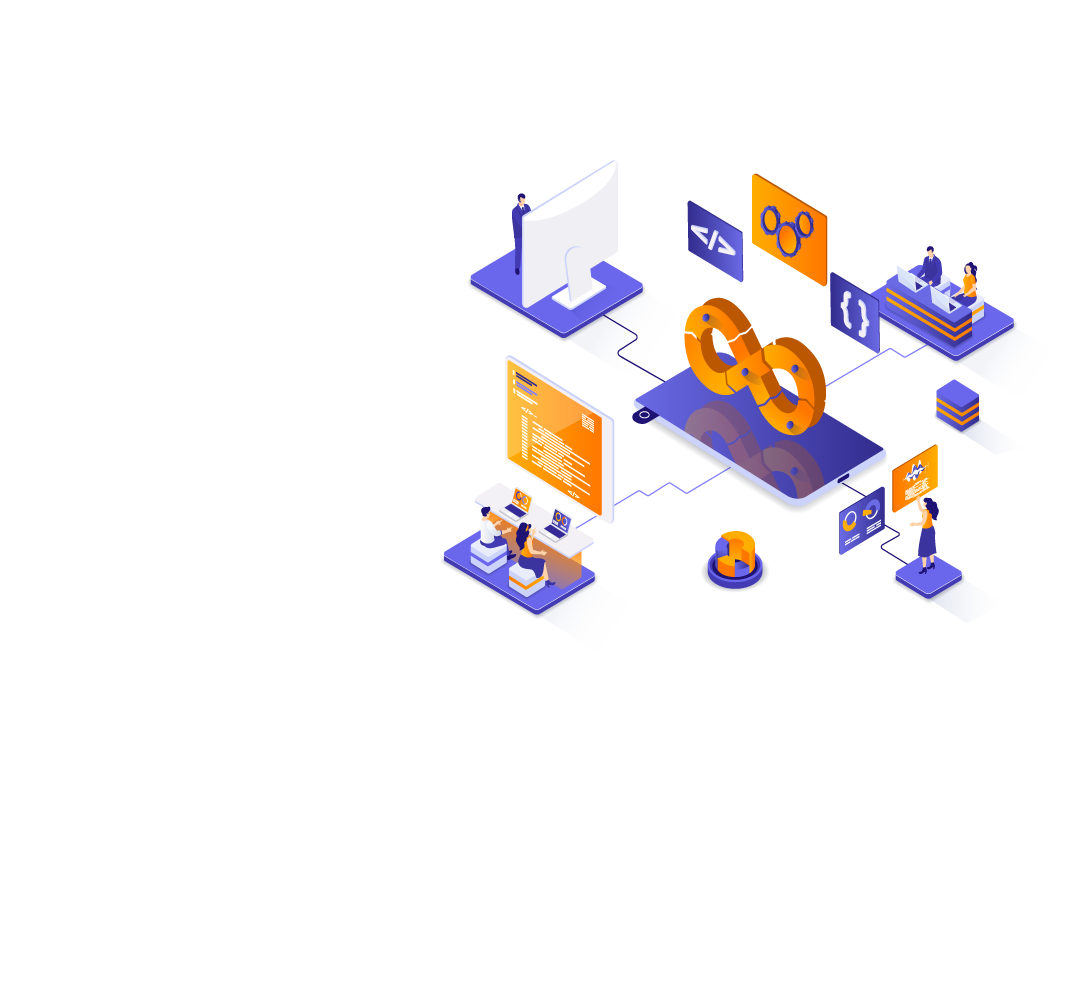Challenges
- The legal requirement in Germany/Spain demands that the end-customers explicitly enter their personal data into a separate page and consent to the medical diagnostics to be performed when COVID kits are bought online. The client wanted the following in this project:
- Build a user interface for users to enter their personal info and consent to the local legal laws before using the kit
- Build a solution which:
- can support the entire end-to-end process of COVID testing
- Is highly scalable, available, has configurable data flow and can help in mass testing
Solutions
- Kit Activation Application (KAAP) was developed, which enables customers to share their personal details and consent to the medical diagnostics for activating a COVID kit
- Built a solution with asynchronous and highly scalable architecture with below features:
- Configuration driven features and Multi-customer support with various languages
- Configurable data flow to other systems
- Covers entire flow involved in COVID testing – registering a patient, collecting the sample, sending sample to diagnostics and analytical labs, and sending reports back to users
- Secured storage of data in Azure FHIR which complies with health standards like GDPR, HIPPA, etc
Tools & Technologies
.NET Core, Angular, Azure FHIR, Azure SQL Server, Azure Blog, Azure Functions, Azure Service Bus Topics, SendGrid, Twilio
Key benefits
- High customer satisfaction with improved user experience
- Faster testing
- The client was able to meet the legal mandate enforced by local government (Spain, Germany, etc.)
- With “multi-customer support” and ”configuration driven features”, the client is now able to use the same product for different customers with varied requirements by just changing the configurations



